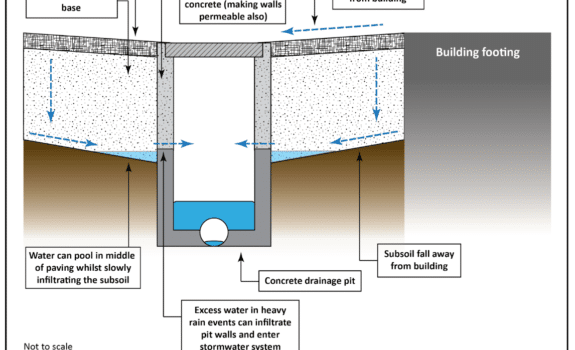
The Benefits of Permeable Paving for Sustainable Landscaping
Australia is the driest inhabited continent in the world. Let that sink in for a moment, and consider how scarce and valuable water is as a resource that we take for granted. Good landscape design always seeks to be “sustainable”. But what does that actually mean – from both a design and end user perspective? … Continued



